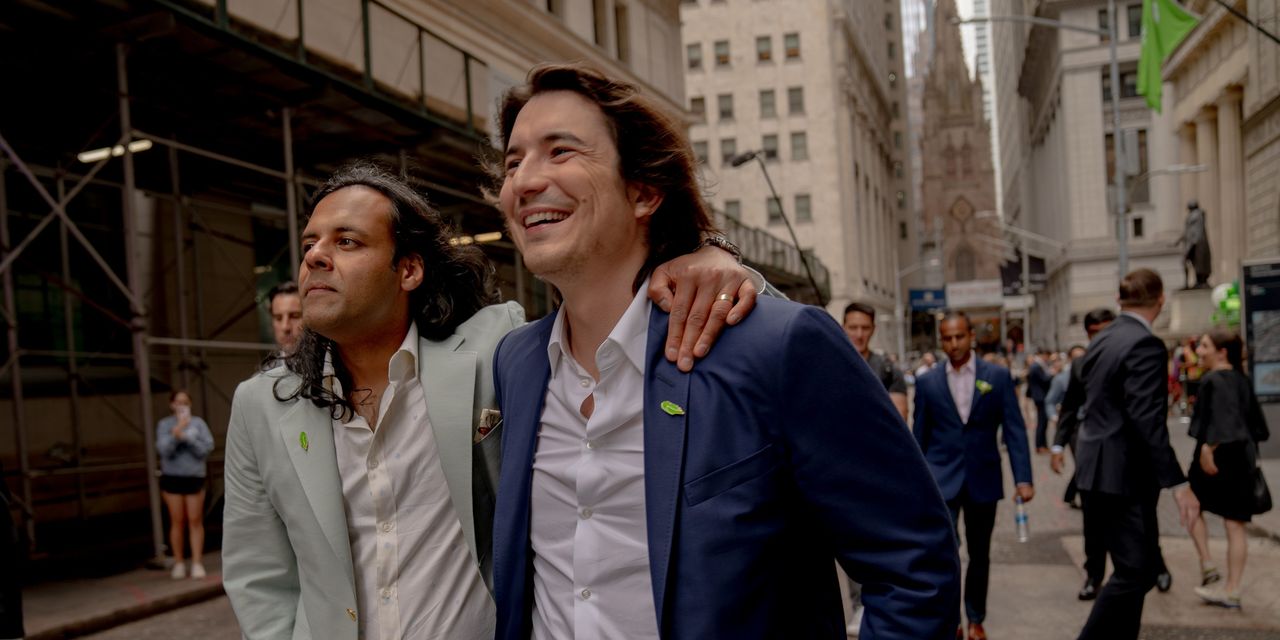Robinhood Markets Inc.’s bid to revolutionize IPOs has created losses for investors instead, after one of the year’s most highly anticipated listings fell flat.
In a regulatory filing in early July, the trading platform’s co-founders said they would open their initial public offering to customers on equal terms with institutional investors. They said they recognized it may be the first IPO many would participate in, and pledged to “never sacrifice the safety of our customers’ money.”
It now appears Robinhood’s commitment to “democratizing” the IPO process played a role in the offering’s big initial stumble Thursday. An innovative auction system sowed some confusion among investors, many already suspicious of the valuation of a business that has drawn scrutiny from regulators and criticism from customers, people involved in the process said.
The stock, initially priced at $38, the bottom of the target range, sits below that. It is a disappointing result at a time when IPOs are booming and investor appetite for new issues is robust.
Robinhood proudly tore up the traditional IPO playbook. It insisted a large chunk of its stock—in the end up to 25%—go to its individual-investor customers compared with the normal retail allocation of well under 10%. It said employees could sell a portion of their stock right away instead of being locked up for six months. And when it came to determining the price of its IPO, Robinhood decided to use a hybrid-auction process, which attempts to assign shares to investors based on what they are willing to pay, regardless of who they are.













































